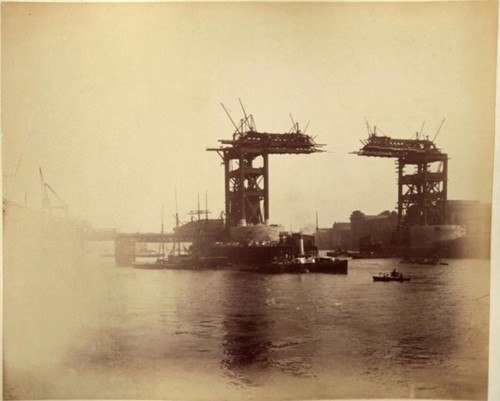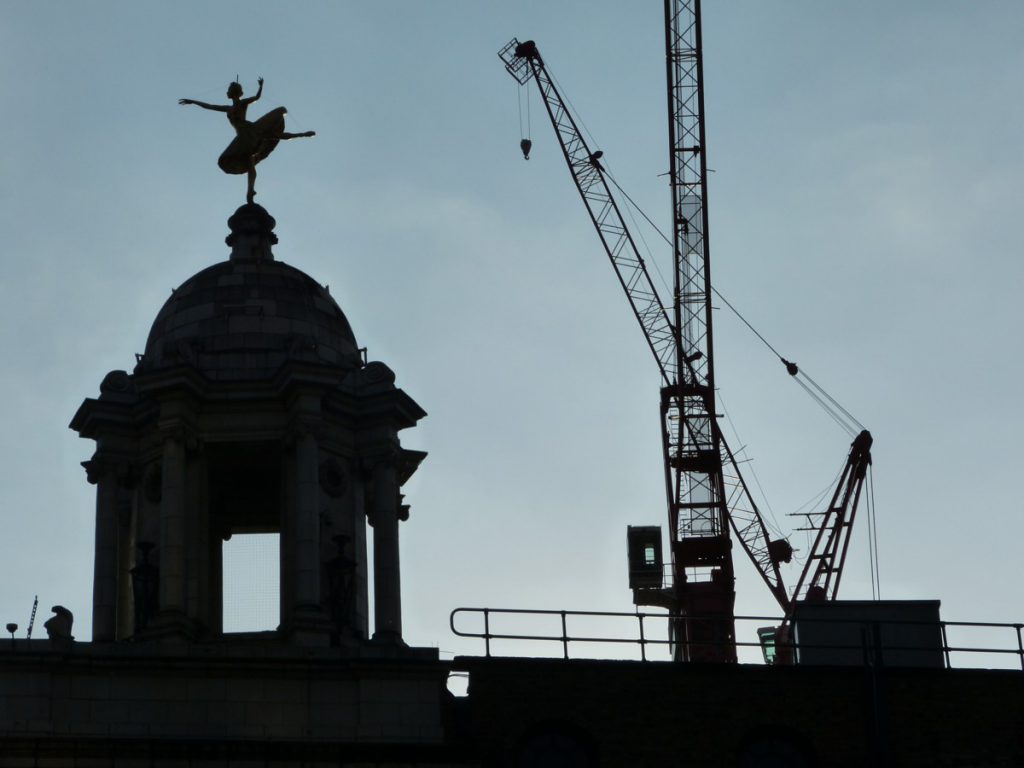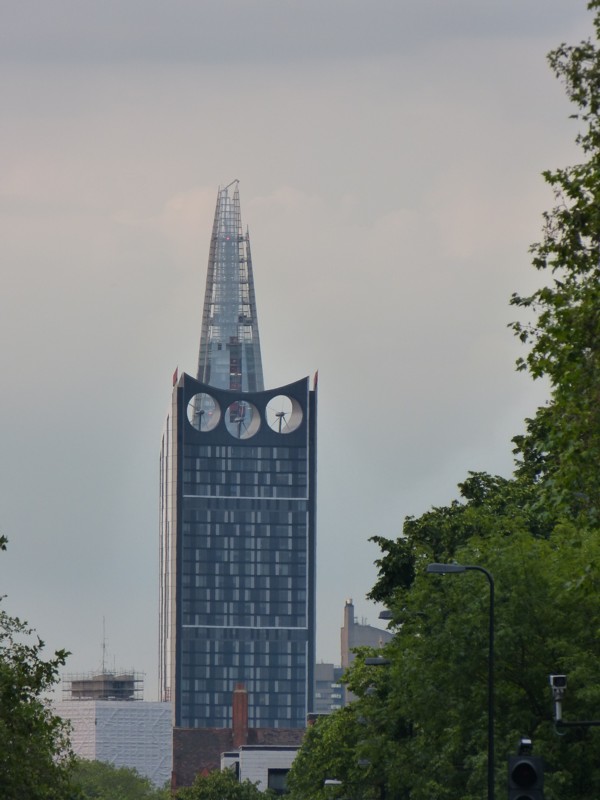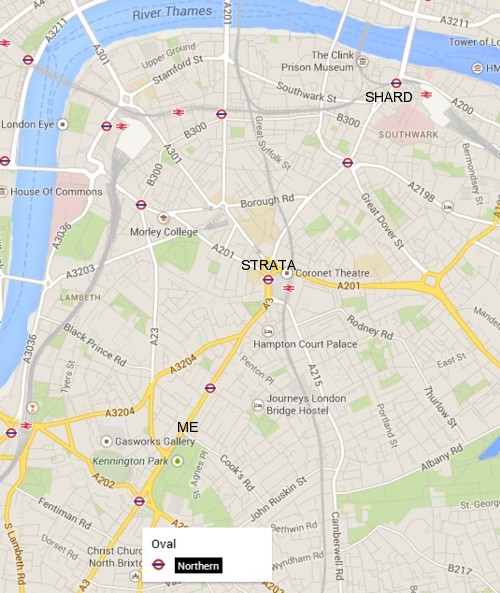Regulars here, or for that matter there, will know that I have for many years now been at enthusiastic fan of the French historian and social scientist Emmanuel Todd. In recent years, this enthusiasm has at last started to become a bit more widespread.
Two of the world’s most important Todd-enthusiasts are now James C. Bennett and Michael J. Lotus. Quite a while ago now, they sent me an email flagging up a piece they had contributed to Hungarian Review, which contains some interesting biography about Todd, and about how his own particular family history contributed towards making him into the historian of the world that he later became.
Todd developed this grand theory, about how literacy triggers particular sorts of political upheavals in particular places, depending on Family Structure, and then when the political dust has settled fuels economic development, But what got Todd thinking about all this?
According to Bennett and Lotus, the starting point was: How Come The French Communists Are Doing So Badly And Never Seem To Do Any Better No Matter What They Try?
He was the product of an extended family of French Communist Party activists and journalists, and grew up hearing his father and relatives arguing around the kitchen table. Anglo-Americans had tended to regard the French Communist Party of that era as formidable, successful, and continually on the verge of seizing power. From the inside, Todd grew up hearing his family lament the eternal failure and futility of the Party. (He left the orthodox Communist movement quite early, and in fact was one of the first scholars to predict, in 1976, the coming collapse of the Soviet system.) For some reason, the Party was well established in certain regions, and completely without support in most others. The Socialists were dominant in others, and it was noticed that the same social classes would tend to support either Socialists or Communists, depending on the region, but never split between the two, and when they failed to support the one, would not switch to the other, preferring alternative parties. In other parts of France, neither party had a foothold, and the same social classes that supported either Socialists or Communists in their stronghold regions supported entirely different, and not particularly Marxist, parties. The reason for this split was constantly debated in Todd’s family circle, but no possible explanation seemed to hold water. It was a great mystery.
Once Todd began studies at Cambridge, and encountered what we are calling the Continuity School, he began developing a social analysis that perfectly predicted the voting patterns that had been such a mystery in his family’s kitchen debates. France is far from homogenous, and in fact is a patchwork of quite different cultures and family systems. When Todd saw the distribution of the various family systems of France, as established by inheritance rules and customs, he saw at once that both the Communist and Socialist electoral strongholds corresponded to the areas dominated by two distinct family systems. Where other systems prevailed, neither the Communists nor the Socialists could gain any real foothold.
You can see how Todd was perfectly primed to generalise the principle from France, and then England, to the entire world.
In the course of my Todd readings and meanderings, I probably was told (perhaps by Todd himself in his book about French politics (which I have long possessed (and which I see you can now get second hand for £2.81 (in English)))) that Todd had been raised by baffled and frustrated Communists. But I had not really taken it in.





